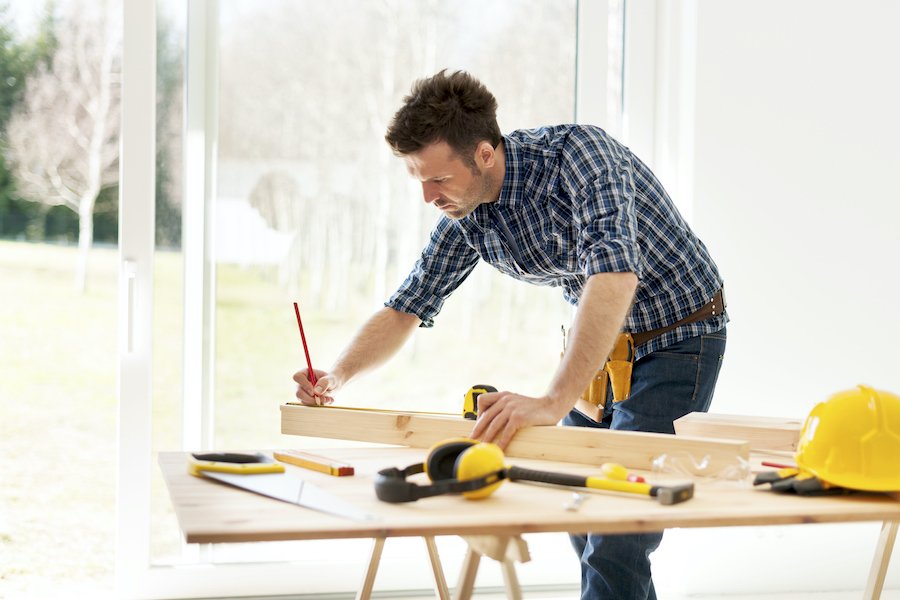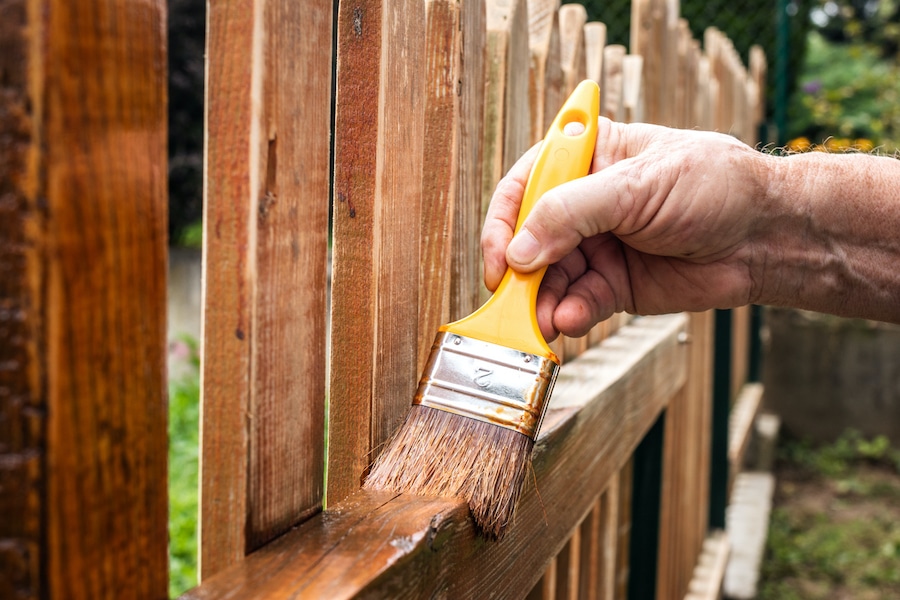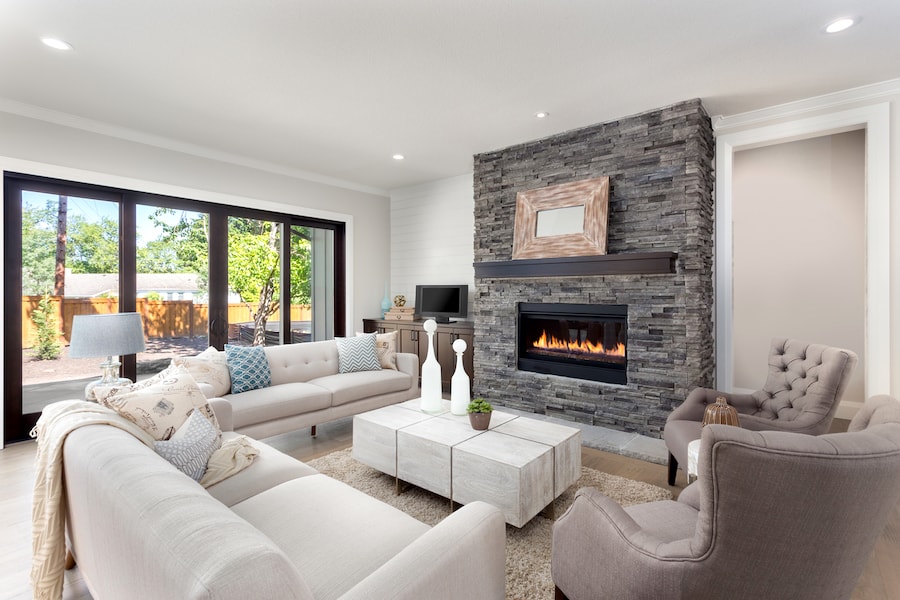
These top 5 strategies can help you stay on budget, plan ahead, get the best financing and save money on your next home remodel. Home remodels and renovations come in all shapes and sizes. Blowout kitchens, bonus rooms, a new home office, or giving your bathroom a luxury upgrade. Thousands of homeowners across the country are refinancing their mortgages to take advantage of their home equity before mortgage rates push higher. So if you’re thinking about refinancing to start a home remodeling project or renovation, you’re in good company.
The costs of a home remodel vary by location and higher interest rates translate to higher mortgage rates. It’s smart to connect with a local mortgage advisor early on! You’ll be able to access your home equity at the lowest rate available, and stay on budget for your next home remodel project.
Keep these strategies in mind to stay on budget and tackle that renovation you’ve been dreaming about.
Related: 7 Ways to Increase the Value of Your Home on Your Next Remodel
TOP 5 HOME REMODEL STRATEGIES TO STAY ON BUDGET
1. Keep the scope of the project in check.
The number one reason most home remodels run over budget might be surprising. It happens when homeowners change their minds. Turns out that changing the scope of the project is the number one reason most home remodels slide beyond the budget.
Changing your mind on kitchen cabinets or tile flooring, for instance, after supplies have been ordered. Or deciding on structural changes once new framing has begun.
In almost every case, the work has started, materials have been ordered, or supplies have been delivered, and the cost is already measured. As much as possible, take your time and picture your home renovation from start to finish. Ask your builders and designers as many questions as you can before the work begins.
Often there’s a lot of work on the back end that the homeowner may not see, which becomes a surprise when they change their mind.
Related: How to Finance a Renovation with the Fannie Mae Homestyle Loan
2. Expect new fees for building permits and current building codes.
Many home remodels look straightforward and clear-cut at the start. However, once the work begins it’s very common for new obstacles to show up and new work will be required to bring the home up to code. Why? Building codes often change over time, so there are typically new codes and permits that have been put in place after the home was first built.
Each state has its own rules to follow, but most states and counties require contractors to meet current building codes if they discover a conflict. Across most states in the country, if a contractor discovers something that isn’t up to code, they are required to do the work to bring it up to code.
Any and all costs associated with bringing the house up to code will be passed along to the homeowner. So, make room for these unexpected changes, especially if you have an older home or if you are doing a major home remodel.
3. Plan for structural repairs and hidden damage.
Floorboards, roofing, foundations and framing are all home to pests and critters. Often the damage is hidden until construction begins and then the damage is exposed. Many older homes have structural damage caused by termites, wood rot, mold, or water damage.
It might seem impossible to prepare for unexpected costs like replacing the subfloor or foundation. However, it’s worth taking the extra step to have a professional home inspection done before you begin the work. Talk with your contractor about the age of your home. Also, find out if they’ve done work on other homes in your neighborhood. This can reduce a lot of stress and keep the home remodel project moving forward.
4. Increase your budget for weekend getaways and eating out.
A home remodeling project that includes the kitchen usually means there will be days when you won’t have power, gas, water, or working appliances. What’s more, kitchen remodels often run much longer than expected, and homeowners often find themselves eating out more than they first planned. Camping in the backyard or eating on hotplates can sound novel, but the reality wears off quickly.
Even home remodels outside the kitchen often get homeowners wanting some peace and quiet. People get tired of the dust, construction, noise, and general chaos. What might be one night out turns into back-to-back restaurants and doordash. With larger projects, some families find themselves moving out temporarily to take a break from it all. Plan ahead so you can reduce stress and budget for the cost.
Also, don’t forget your pets! You may need temporary boarding or plan to take them with you on a short getaway.
Compare: Should I use a Home Equity Loan or HELOC for a home remodel?
5. Set aside extra funds to update your Homeowner’s Insurance.
Home remodels often increase the value of your home, so it’s a good idea to revisit your homeowner’s insurance coverage. For one, you want to make sure the renovations are covered under your policy and that your coverage meets your home’s new value. Certain home remodels and renovation projects such as adding square footage, a new office, or a full-scale kitchen remodel will increase the value of your home. It just takes a quick call to your service provider to make sure you have the coverage you need.
What’s the best way to pay for a home remodeling project?
Many homeowners consider a home equity loan or a home equity line of credit for a home remodeling project. Others refinance a mortgage or turn to personal loans and credit cards.
The truth is, there are several custom home loan options that can save you money even as mortgage rates continue to rise. A preferred home loan that gives you access to your equity can help you stay on budget and finance your home remodel without added financial stress.
It’s always worth it to connect with a local mortgage advisor to discuss your options–especially when it comes to a home remodel or renovation project.
Taking Action
Connect with a mortgage advisor to determine the best path to refinance for a home remodel or renovation project. Remember, you can access your home equity in several different ways — cash-out refinancing, a home equity loan, a home equity line of credit, or custom home renovation loans. We can help you decide the best option that will save you money and fit your home remodeling budget. Connect with a local mortgage advisor to get started. We’d love to help.








